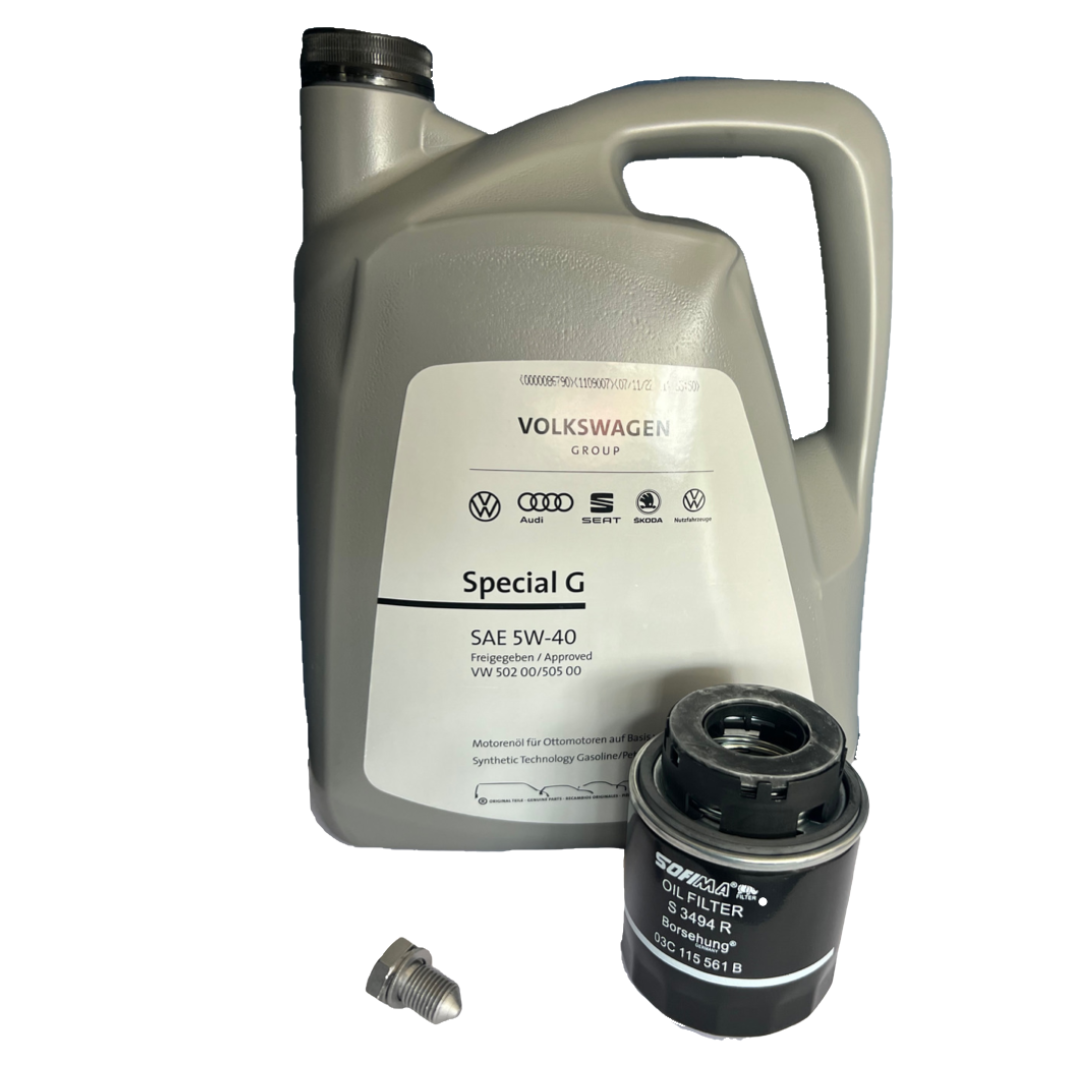Eliminate operational issues with a well-tuned clp engine.
Eliminate operational issues with a well-tuned clp engine.
Blog Article
Exactly How a Clp Engine Can Improve Effectiveness in Various Industries
The arrival of CLP engines notes a significant change in operational performance across various markets, driven by their capability to optimize gas usage and minimize downtime. Industries such as production and logistics stand to acquire substantially from their robust style and consistent power outcome, which promise to simplify operations and boost productivity. As companies increasingly focus on sustainability together with performance, the function of CLP engines becomes much more essential. What remains to be seen is just how these developments will certainly shape the future landscape of commercial operations and their influence on more comprehensive financial fads (clp engine).
Review of CLP Engines
CLP engines, or Continual Fluid Propellant engines, represent a significant innovation in propulsion modern technology, specifically for room applications. These engines use a constant feed system that enables the continual expulsion of propellant, bring about enhanced performance and efficiency compared to typical strong or hybrid propulsion systems. By maintaining a constant circulation of liquid propellant, CLP engines can achieve more specific thrust control, which is essential for steering spacecraft in different mission circumstances.
The style of CLP engines integrates innovative materials and innovative gas management systems. clp engine. This causes minimized weight and increased integrity, necessary aspects for long-duration space goals. The continual operation minimizes the threat of combustion instability, an usual challenge in standard rocket engines.

Benefits in Manufacturing
The manufacturing of Continual Fluid Propellant (CLP) engines offers numerous significant benefits that improve both efficiency and cost-effectiveness. Among the key advantages is the structured production process, which lowers the intricacy connected with conventional propulsion systems. By using liquid propellant, manufacturers can attain better precision in engine performance, leading to optimized power outcome and decreased waste.
Additionally, CLP engines promote a greater degree of modularity, permitting less complicated assimilation into various production lines. This versatility can considerably lower preparations and boost general operational adaptability. The usage of CLP innovation also often tends to lessen the need for extensive upkeep because of less moving components, which equates into lowered downtime and operational costs.

Applications in Logistics
Leveraging Constant Liquid Propellant (CLP) engines in logistics provides considerable benefits in functional performance and integrity. These engines give a durable remedy for numerous transport requirements, allowing the seamless movement of goods throughout substantial ranges. The inherent layout of CLP engines permits regular power result, which equates into smoother and much more predictable transportation routines.
Among the essential applications of CLP engines in logistics is in heavy-duty freight transport, where they can drive both ground and airborne automobiles. Their capability to preserve high performance under varying load problems makes certain that distribution timelines are fulfilled, therefore improving client contentment. Additionally, CLP engines find here can be integrated into automated logistics systems, helping with real-time tracking and enhancing course preparation.
Additionally, the resilience of CLP engines minimizes maintenance downtime, allowing logistics business to optimize their operational capabilities. This is especially advantageous in warehousing procedures, where effectiveness in handling and delivering products is vital. As logistics continues to develop, the integration of CLP engines represents a forward-thinking strategy that not just enhances efficiency however likewise supports the industry's expanding demands for reliability and speed.
Impact on Energy Performance
How do Continual Liquid Propellant (CLP) engines improve power efficiency in transport? CLP engines make use of a constant circulation of liquid gas, maximizing find out this here combustion procedures and maintaining a steady drive output. This style minimizes energy losses connected with traditional burning engines, where gas delivery can vary and bring about ineffectiveness.
The continual operation of CLP engines enables an extra efficient thermal cycle, causing greater particular impulse contrasted to conventional engines. clp engine. This equates to minimized fuel intake for the exact same amount of job done, considerably lowering operational expenses throughout various transport industries, consisting of air travel and maritime sectors
In addition, the capability of CLP engines to keep optimal performance under differing lots problems reduces the need for constant velocity and deceleration, even more improving gas performance. Improved power effectiveness not only adds to cost savings however additionally causes reduce greenhouse gas exhausts, lining up with global sustainability objectives.
Future Trends and Innovations
Emerging improvements in Constant Fluid Propellant (CLP) engine technology guarantee to revolutionize the landscape of transportation performance and sustainability. As markets pivot toward greener alternatives, CLP engines stand at the center, incorporating ingenious materials and layout techniques that improve performance while lessening environmental influence.
One of the most encouraging patterns is the adoption of crossbreed systems that integrate CLP engines with renewable resource resources. This synergy can maximize gas consumption and reduce exhausts, lining up with global sustainability objectives. Developments in computational fluid characteristics (CFD) are assisting in the style of even more aerodynamically effective engines, leading to reduced drag and enhanced fuel effectiveness.
Furthermore, the advancement of smart surveillance systems is readied to boost operational efficiencies. These systems take advantage of data analytics and IoT modern technology to enhance engine performance in real-time, making certain that the engines run within their most efficient criteria.
As research study remains to check out this article alternate propellant formulations-- such as biofuels and synthetic fuels-- the future of CLP engines looks promising. By harnessing these innovations, sectors can not just boost their effectiveness but additionally add substantially to a cleaner, much more lasting future in transport.
Verdict
Finally, CLP engines represent a significant innovation in efficiency throughout several sectors. Their capability to maximize fuel intake and decrease functional prices, combined with a continuous feed system, improves power result and operational dependability. The assimilation of advanced materials and less relocating components reduces maintenance demands, while placement with sustainability goals settings CLP engines as an essential technology for the future. Continued advancement in this area promises additional renovations in performance and environmental efficiency.
Report this page